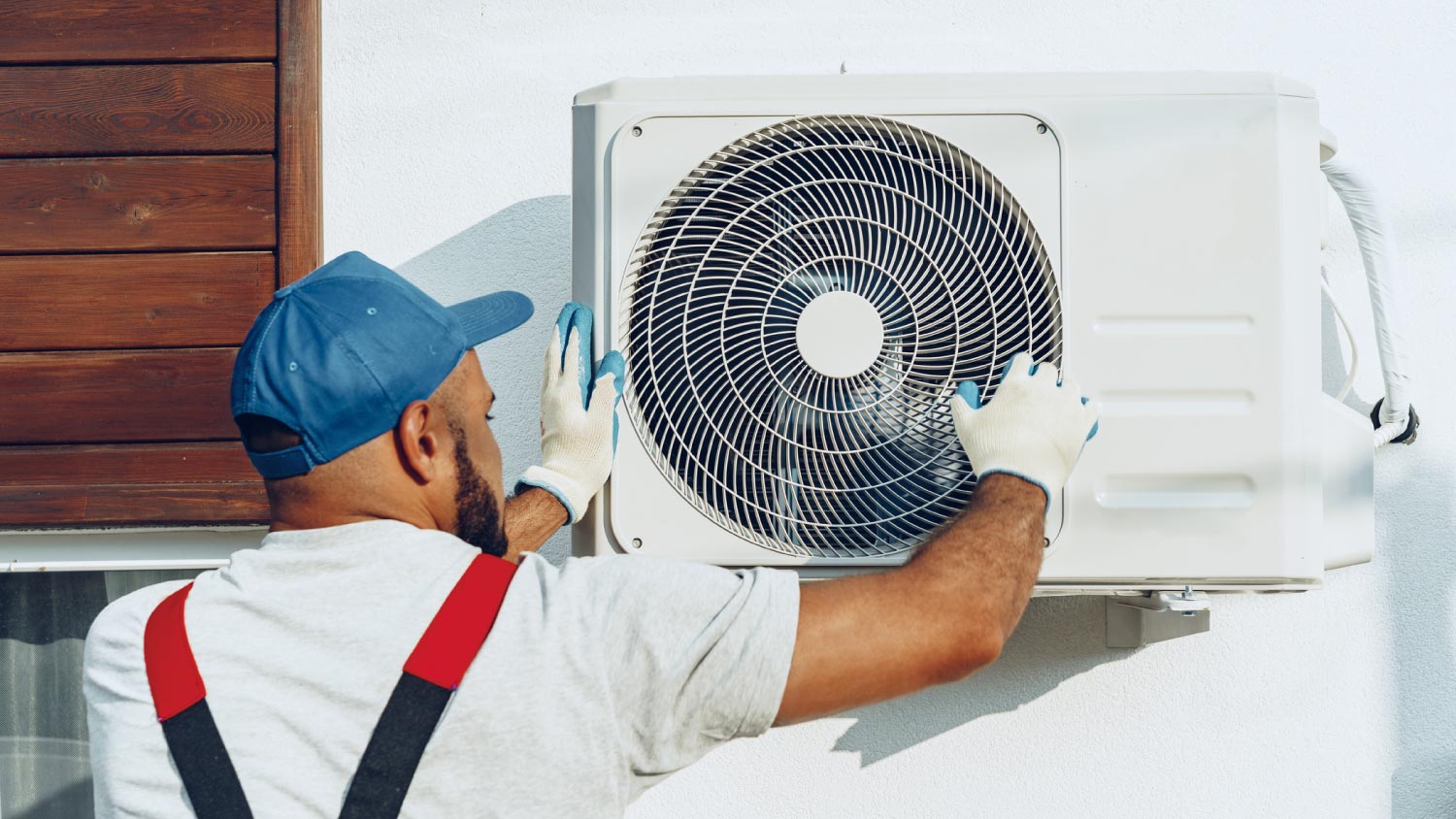
What you’ll pay in Columbus, OH, for furnace repairs depends on many factors. Here’s a breakdown of what can go wrong and the cost to fix those issues.
A subpar installation will render even the best HVAC systems practically useless


Low-quality HVAC installation is a common problem
A high-quality installation will focus on proper unit sizing, ductwork, airflow, refrigerant
Ask your installer for copies of manufacturer specifications and warranty details
For days, you painstakingly researched all the features you want in your new HVAC system. You probably shelled out a pretty penny for it, too. However, the efficiency rating isn’t the only factor that determines cost and overall performance. The quality of the HVAC installation influences a lot. Energy Star notes that an improper HVAC installation can decrease its operating efficiency by as much as 30%, and the issue of subpar work is more common than you think.
Sourcing a reputable and experienced HVAC technician near you can help you get the quality installation your HVAC unit deserves. Before contracting with a pro, make sure they follow this checklist to ensure quality HVAC installations.

Quality HVAC installations include a room-by-room load calculation review to determine the size of the system you need to heat and cool your home. Your HVAC pro should consider these factors to ensure proper sizing:
The number, location, and type of windows and doors
Insulation levels
The condition of your ductwork
Home size/square footage
Ventilation needs
Improperly-sized systems can impact your indoor humidity levels, energy bills, and overall lifespan of the system.
It may be a red flag if your technician installs the same sized system as your current unit—especially if you’ve been experiencing issues. A quality HVAC pro will recommend an updated, efficient, and appropriately-sized HVAC for your home based on their load calculations.
If your ductwork leaks, the full potential of your unit’s air won't reach all your living spaces, resulting in wasted energy. Before installation, your contractor should discuss with you the conditions of your duct system, as well as a solution to make your ductwork airtight if it’s leaking or too small for your needs.
Testing can range from basic visual checks to leveraging static pressure gauges to assess the situation. During HVAC installation, your pro may use mastic sealant or metal-backed duct tape to replace or repair the duct connections.
To ensure your AC works as it should, have your contractor measure and document the airflow. Inadequate airflow often wastes energy, exposes your home to health and safety issues, produces decreased comfort levels, and shortens the system’s life span.
Your contractor should refer to the cooling system's manufacturer details to identify the appropriate airflow rates and ensure the evaporator coil is equipped to transfer and absorb heat properly.
Your refrigerant charge refers to your refrigerant levels. If the levels are not within range of the QI standard, or they discover counterfeit refrigerant, it can result in insufficient cooling capacity and higher energy costs. Much like airflow adjustments, the contractor will consult manufacturer specs to determine the exact amount of refrigerant necessary to facilitate heat transfer in the evaporator and condenser.
HVAC systems need constant attention and care. And since the cost of installing a new HVAC unit is $7,500 on average, you don’t want to leave anything to chance. Request that your technician provide copies of the installation checklist used, owner manuals and warranties, and maintenance requirements. These documents will help future technicians understand the service history and help them determine how to maintain your system in the future.

In addition to the four vital HVAC installation guidelines above, your pro should also perform these quality assurance tasks:
Verify that the unit is electrically sound
Test the new furnace or boiler’s firing rate and venting system
Ensure the thermostat is fully compatible with the new unit, or install a new one
Provide sufficient space around the unit for servicing
Demonstrate how to change the filters correctly
Place the condenser out of direct sunlight, level, and away from falling water and gas or electric meters
You may pay a bit more to hire a reputable contractor with the training, education, and certification to conduct a high-quality installation, but investing in quality pays off in the long run, helping you to avoid the domino effect that results from a poor installation.
From average costs to expert advice, get all the answers you need to get your job done.

What you’ll pay in Columbus, OH, for furnace repairs depends on many factors. Here’s a breakdown of what can go wrong and the cost to fix those issues.

When your heat goes out, it can cause a bit of a panic. But knowledge is power, so let's go over radiator repair costs before that happens.

Discover the true window AC unit installation cost to learn about labor, permits, and ways to save on your window AC project.

If your furnace is making loud noises, it could be the first sign something is failing. This guide will go over some of your furnace’s most noisy issues.

Baseboard heater covers can endure a lot of wear and tear, but eventually you’ll want to replace them. Here’s the best way to switch out baseboard heater covers.

A central humidifier can make dry winter air more comfortable indoors. Before your installation, discuss these whole-house humidifier questions with a pro.